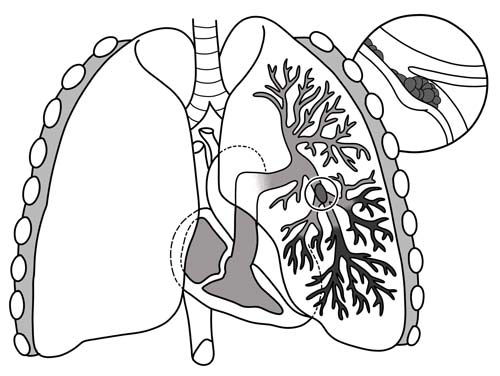embolism

An illustration of the ling depicting a pulmonary embolism as a thrombus (blood clot) that has traveled from another region of the body, causes occlusion of the pulmonary bronchial artery, leading to arterial thrombosis of the superior and inferior lobes in the left lung.
An embolism is the presence of substances other than liquid blood in the circulatory system, causing obstruction in arteries or interfering with the pumping of the heart.
The commonest embolism is from atheromatous plaques (see atherosclerosis) or thrombosis on a blood vessel or the heart walls. Fat globules may form emboli from bone marrow after major bone fractures, and amniotic fluid may cause embolism during childbirth. Stroke or transient cerebral episodes, pulmonary embolism, coronary thrombosis, and obstruction of limb or organ blood supply with consequent cell death are common results, some of them fatal. Treatment is with "clot-busting" drugs, anticoagulants, or surgery.


